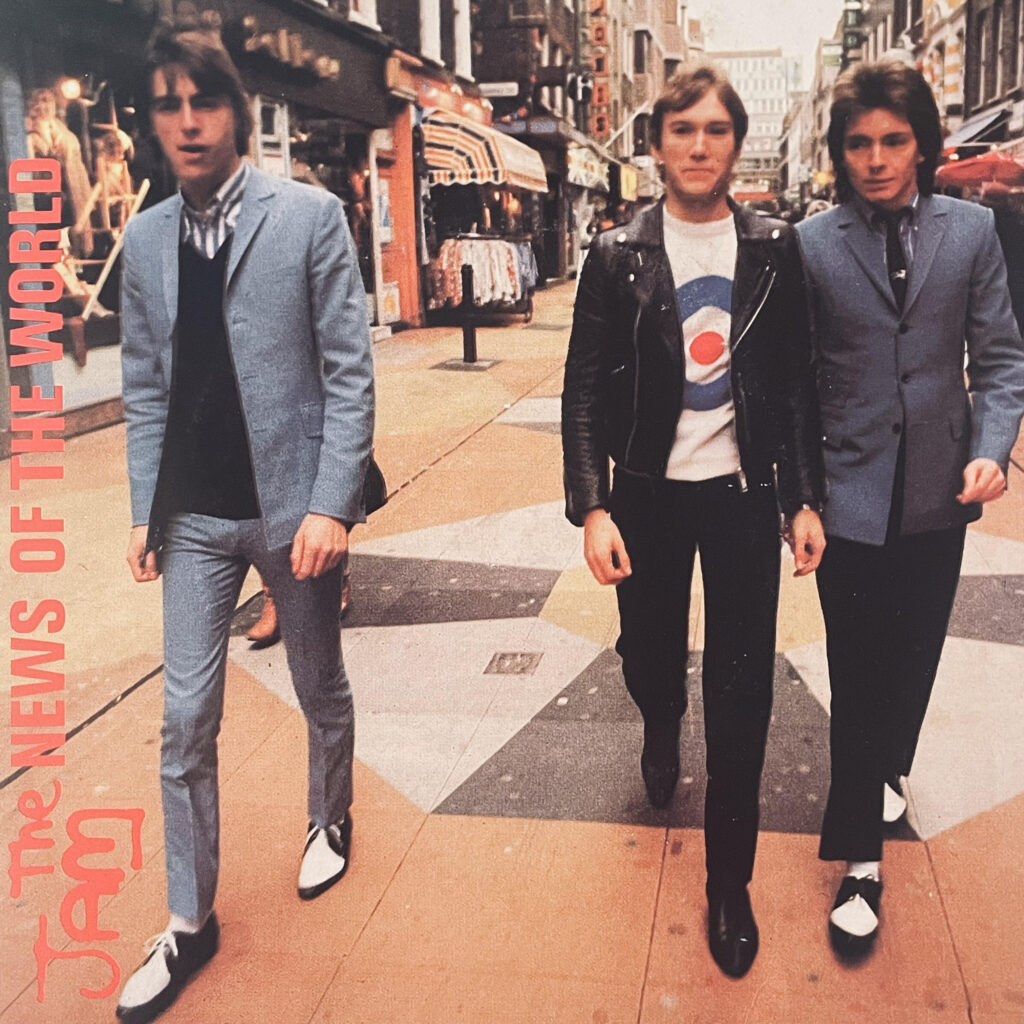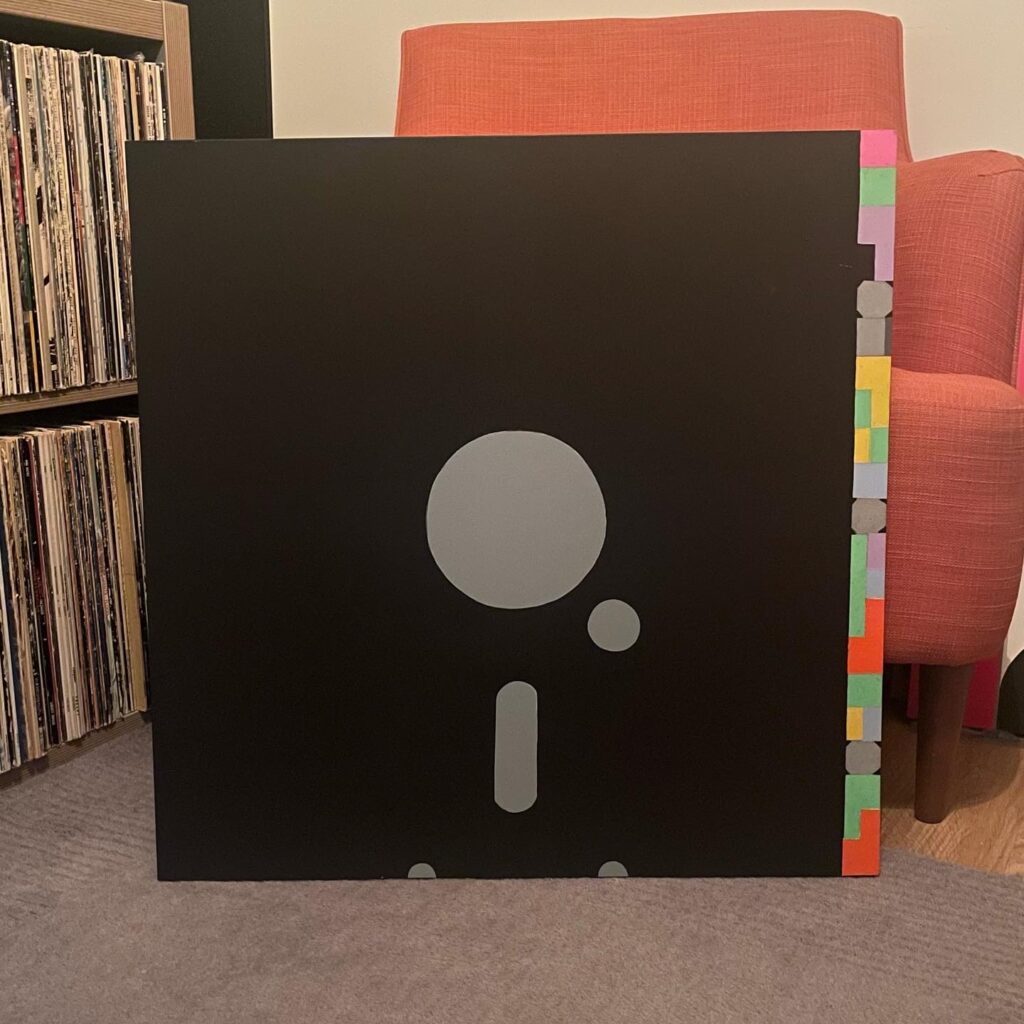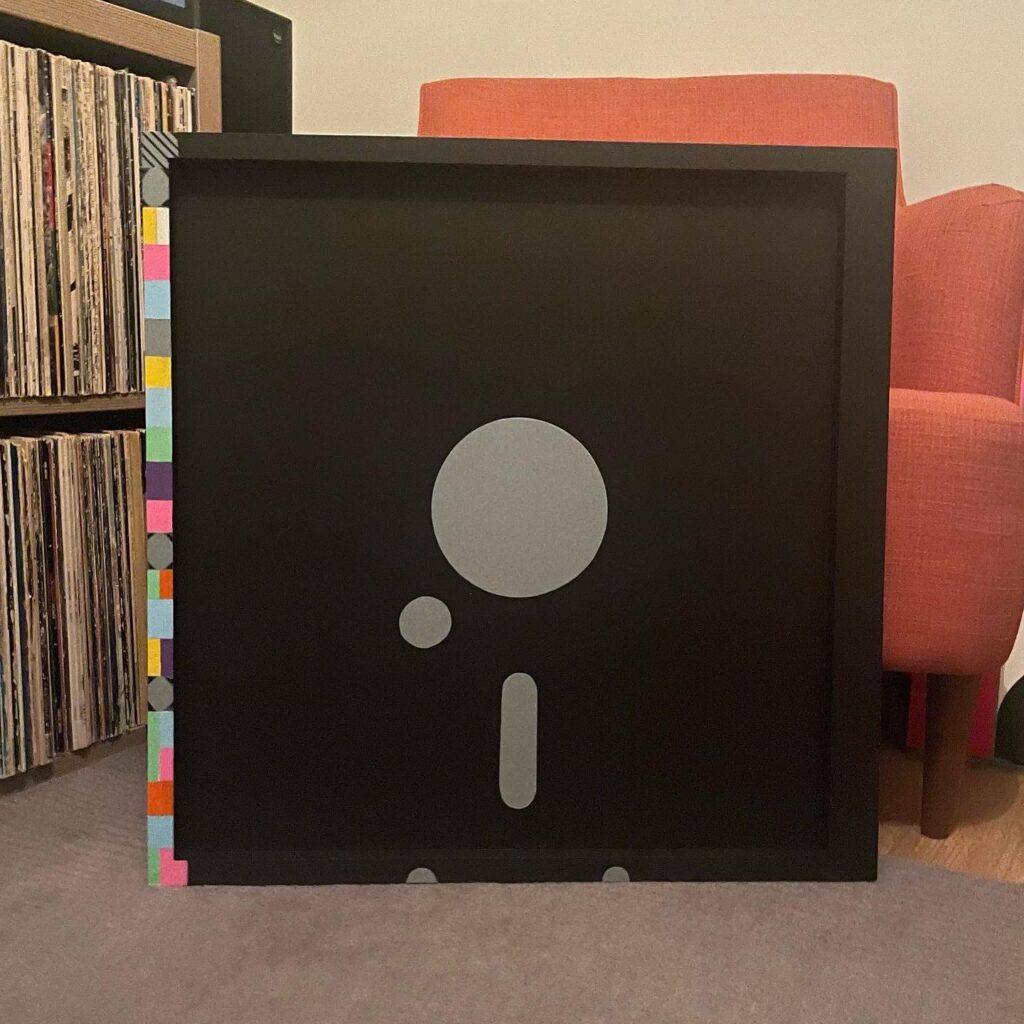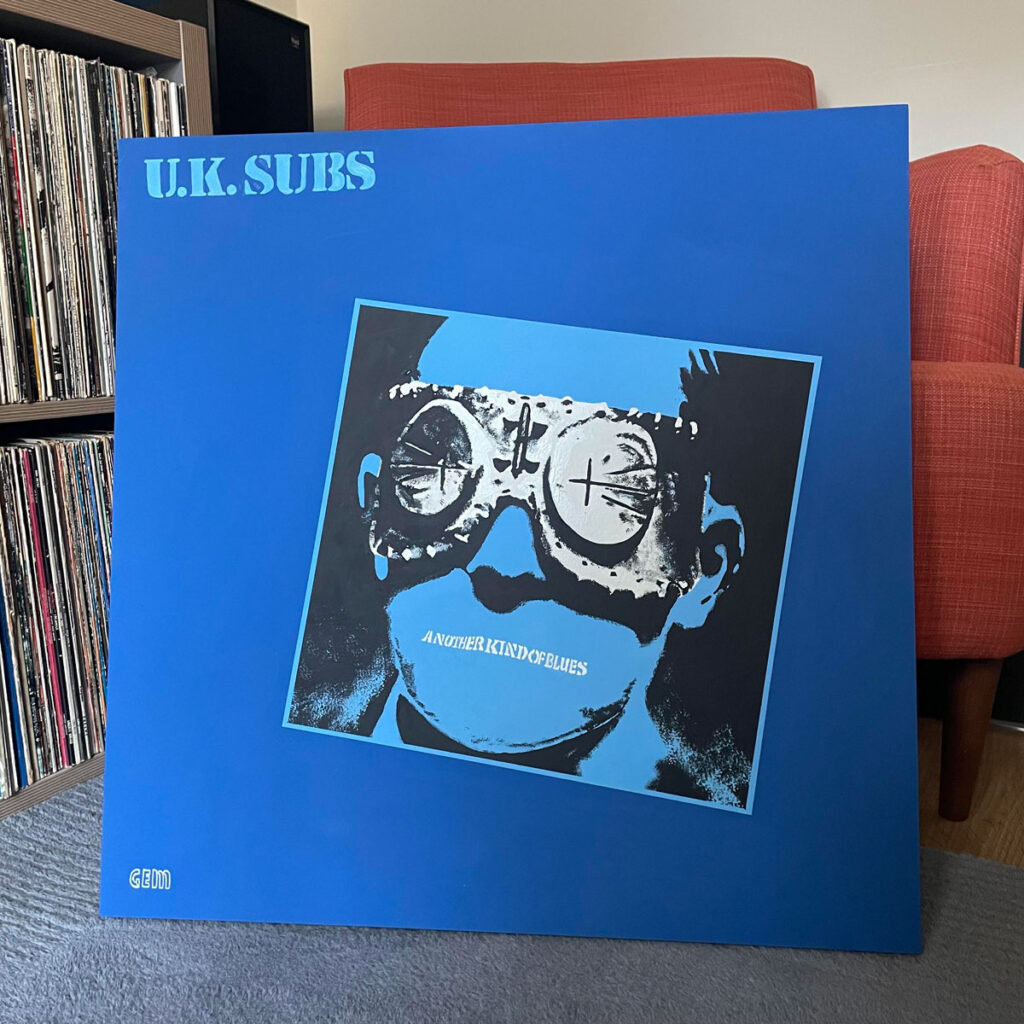The Man Who Framed Post-Punk: How Peter Saville’s art history and graphic aesthetic defined the visual language of Manchester’s most enigmatic bands
In the damp, grey streets of late-seventies Manchester, a revolution was brewing. Not the kind involving barricades and manifestos, but something far more enduring: a marriage of sound and vision that would define an era. While Ian Curtis’ baritone and Bernard Sumner’s clinical guitar lines carved out new sonic territories, another figure, working in silence with Letraset and photographic plates – was busy creating the visual alphabet through which their music would speak to the world.
Peter Saville, 1978 Polytechnic graphic design graduate, typography obsessive, and Factory Records’ design director never actually listened to Joy Division’s debut album before creating its now-iconic sleeve.
“I was given the diagram by Bernard, I had no bloody idea it was a visualization of pulsar waves from a dying star. I just thought it looked… correct.” Peter Saville.
“Correct” is perhaps the understatement of the decade. Reversed so it became white on black and reduced in size, that stark, minimalist rendering of radio waves from pulsar CP 1919 (originally published in the Cambridge Encyclopedia of Astronomy) adorning Joy Division’s Unknown Pleasures has become one of music’s most recognisable and relentlessly appropriated images, a visual shorthand for post-punk industrial decay that adorns everything from t-shirts worn by teenagers who weren’t born when Curtis died to coffee mugs cluttering the desks of advertising executives.
The beauty of Saville’s approach was its magnificent detachment. While his contemporaries were slapping together ransom-note typography and day-glo splashes to capture punk’s anarchic spirit, Saville looked elsewhere – to European modernism, to the Bauhaus, to suprematism, futurism and constructivism. His influences weren’t the Sex Pistols but Fortunato Depero, Jan Tschichold and Herbert Bayer. The result was a visual language that felt both timeless and startlingly new: clinical, austere, and brutally elegant. If you’d never been to art school or studied art history this stuff was totally new and refreshing.
“The thing about Factory was that nobody told me what to do. Tony Wilson just handed me a chequebook and said ‘Make something appropriate.’ Can you imagine that happening now?” Peter Saville.
This freedom allowed Saville to create a body of work that functioned as a perfect visual analogue to the music it contained. The frosty minimalism of Joy Division’s “Closer” sleeve featuring a Bernard Pierre Wolff photograph of the Appiani family tomb in Genoa seemed to anticipate the tragedy of Curtis’s suicide rather than react to it. The sleeve was designed before the singer’s death, yet its imagery seemed eerily prophetic.
When Joy Division metamorphosed into New Order following Curtis’s death, Saville’s aesthetic evolved alongside them. The band’s gradual embrace of electronics and dance music found its visual counterpart in Saville’s increasing use of vibrant color and an almost fetishistic approach to production techniques.
“Blue Monday,” New Order’s seminal 1983 12-inch single, came housed in a sleeve that mimicked a 5¼-inch floppy disk, complete with die-cut holes and coded colour blocks. It cost so much to produce that Factory reportedly lost money on each copy sold, despite it becoming the best-selling 12-inch single of all time. When mentioned to Saville nowadays he shrugs with indifference:
“I wasn’t running a business, was I? I was making something beautiful.”
This beautiful impracticality became something of a Saville trademark. For New Order’s “Power, Corruption and Lies” album, he appropriated a classical 19th-century floral painting by Henri Fantin-Latour and juxtaposed it with a colour-coded alphabet of his own devising a system so arcane that even the band couldn’t decipher it without the provided key. The result was a tension between romanticism and modernism that perfectly mirrored New Order’s own fusion of emotional intensity and mechanical precision.
Throughout the ’80s, as New Order’s sound incorporated more elements of New York club culture and Italian disco, Saville’s designs became increasingly sophisticated. The “Technique” sleeve featured saturated Mediterranean blues and architectural elements that nodded to the album’s Ibiza influences, while “Republic” showcased Saville’s growing interest in digital design techniques.
What makes Saville’s work with both bands so influential is not just its striking appearance but its philosophical underpinnings. In an era when most record sleeves were exercises in literal-minded marketing, screaming the band’s name and image at potential buyers, Saville’s designs operated on the radical assumption that the audience was intelligent enough to meet the work halfway.
“I wasn’t interested in selling records,” I was interested in making objects that belonged in the world.” This approach transformed album covers from mere packaging into cultural artifacts in their own right, objects that demanded the same serious engagement as the music they contained.
Four decades on, the partnership between these Manchester bands and their reluctant visual architect remains one of pop culture’s most fruitful collaborations, a case study in how design can amplify rather than merely illustrate musical ideas. In an age of streaming and digital ephemera, when album artwork has been reduced to a postage stamp-sized afterthought, Saville’s monumental sleeves for Joy Division and New Order feel like transmissions from a more visually literate time.
Now adorning tee shirts and mugs, Saville’s designs have assumed a life of their own. “That’s the thing about symbols, once you release them into the world, they don’t belong to you anymore. They have their own lives.”
Much like the music they were created to accompany, Saville’s designs have achieved that rarest of cultural feats, they’ve become both of their time and completely outside it.
Peter Saville studied graphic design at Manchester Polytechnic 1975-78.
—
Art Pop / Pop Art: a study of the influences of art school, famous artists and movements on pop and rock music. Those institutions where failure is motivation, where the eccentric and pretentious emerge into the fascinating space where art and music meet.



